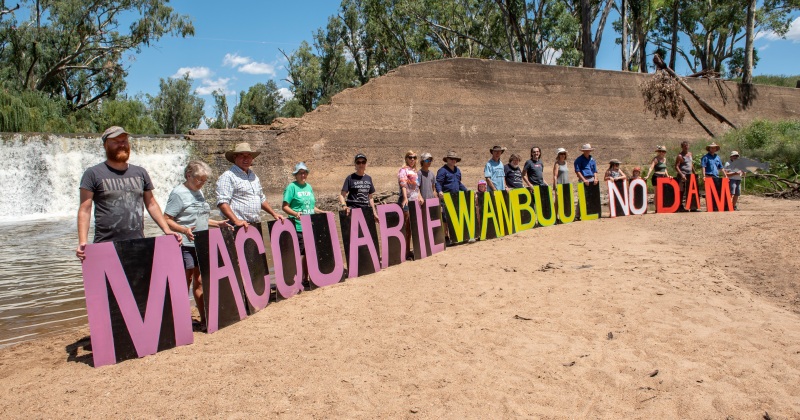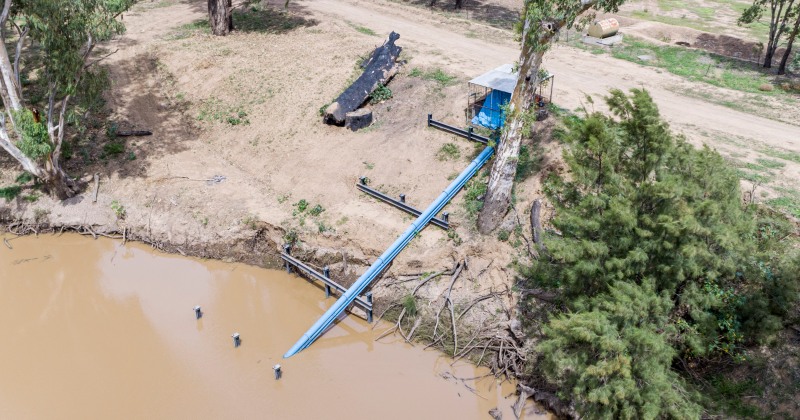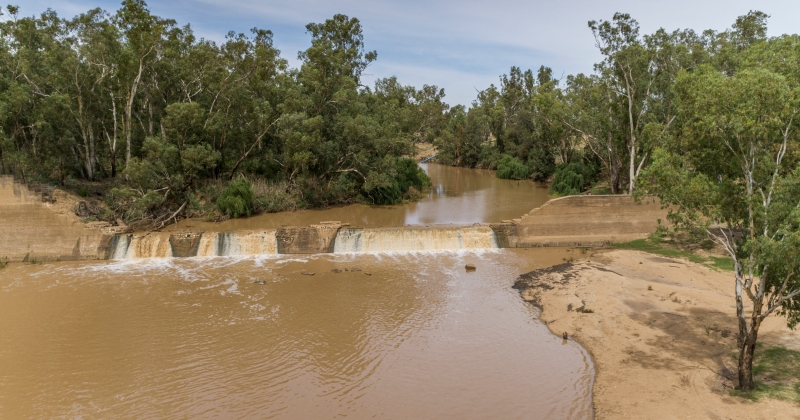Sydney Morning Herald
By Peter Hannam
A stoush is brewing on the state’s inland rivers over the proposal for a new weir that could reduce flows to the “degraded” Macquarie Marshes just as the wetlands start to recover from drought.
WaterNSW has begun consulting on a so-called re-regulating storage for the Macquarie River between Narromine and Warren in north-western NSW. The weir could store at least six billion litres and create a pool 30-60 kilometres long, potentially inundating river red gums and other ecosystems.
Ecologists, recreational fishers and some farmers worry that adding another dam to river flow would impede the recovery of endangered fish species already hard hit by the long dry spell over most of the region. Similar public works, proposed at the height of the drought, will move closer to construction in the months to come.
“It is another barrier in a system with many barriers to native fish and sediment and nutrient transport,” Richard Kingsford, director of the University of NSW’s Centre for Ecosystem Science, said.
“The Macquarie has one of the poorest populations of native fish in the Murray-Darling Basin, including the loss of some species.”
The dam would mean more reliable water for some irrigators but at the expense of water to the Macquarie Marshes, “one of the three most degraded Ramsar sites in the Murray-Darling Basin”.
A Ramsar site is a wetland site designated to be of international importance under a UNESCO treaty from the 1970s.
Matt Hansen, president of Inland Waterways, said another fish barrier would be “terrible for the river”, adding that “we have had catastrophic fish kills in so many different rivers” during the drought.
The weir on that part of the river, at Gin Gin, was already “one of the worst barriers to fish and an absolute crime”, Mr Hansen said.
WaterNSW said the project would involve the “consideration” of the future of the Gin Gin weir, including an investigation of whether it should partially or fully decommissioned.
A spokesman for WaterNSW said any new “gated weir and fishway structure” on the river would need the development of a detailed business case, which is due for completion by August, and then an environmental impact study by the year’s end.
“The re-regulating structure will enhance the overall efficiency of river operations by reducing transmission losses,” the agency said.
Garry Hall, a grazier whose property includes part of the Macquarie Marshes, said “a few small flows” had made it to the wetlands.
Mr Hall said he was keen to take part in another round of stakeholder meetings planned for later this month. He was concerned, though, with the weir’s structure and “opportunities for protocols that could undermine” whatever pledges the government made to secure its approval.
Professor Kingsford said the planned weir would struggle to meet approval under the federal government Environment Protection and Biodiversity Act.
“I would be surprised if it would get the approval given the state of the Macquarie Marshes,” he said, adding the longer term effect would be felt the next time conditions dried up again.
“These projects will certainly make the droughts worse for our environmental assets such as the Macquarie Marshes and also downstream graziers.”












